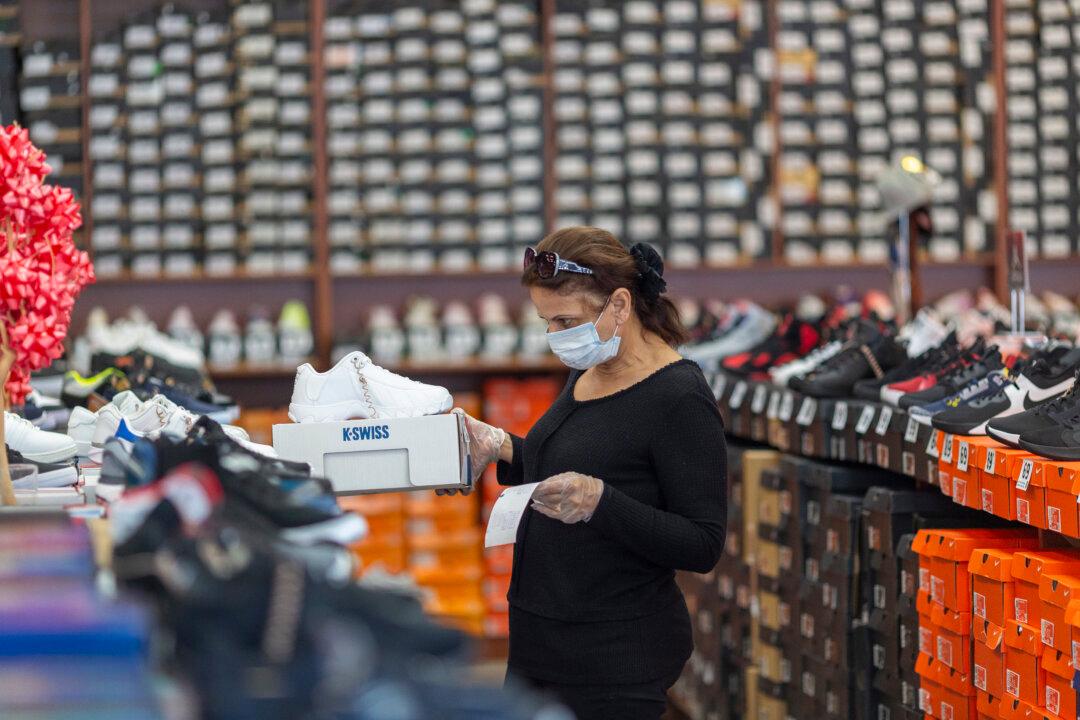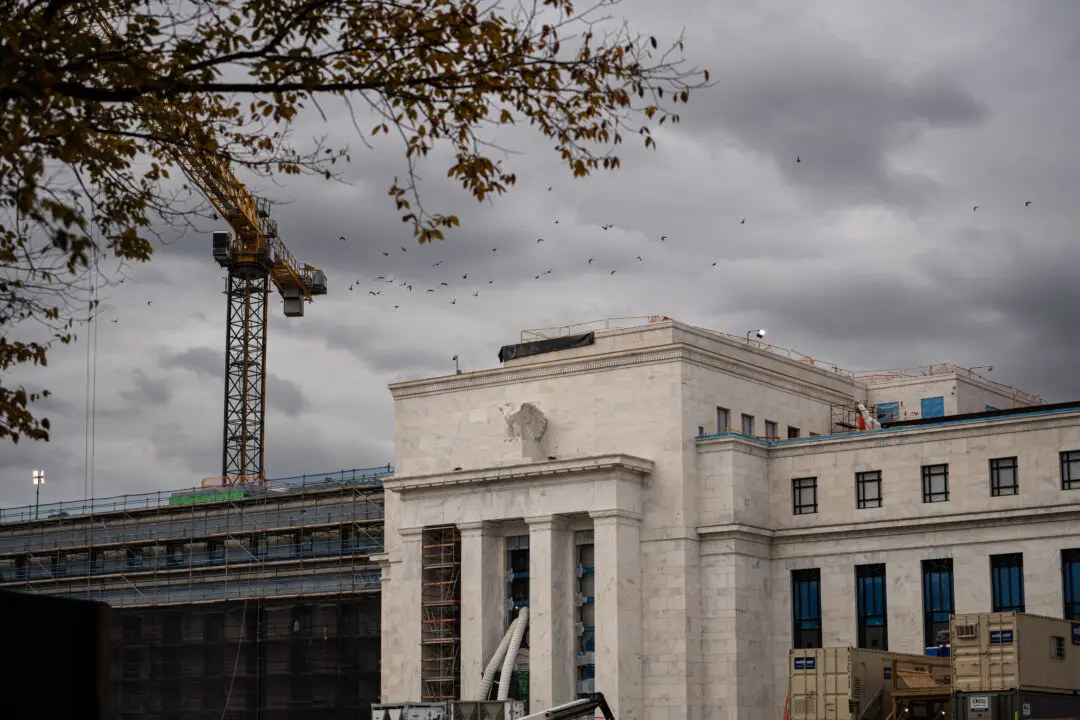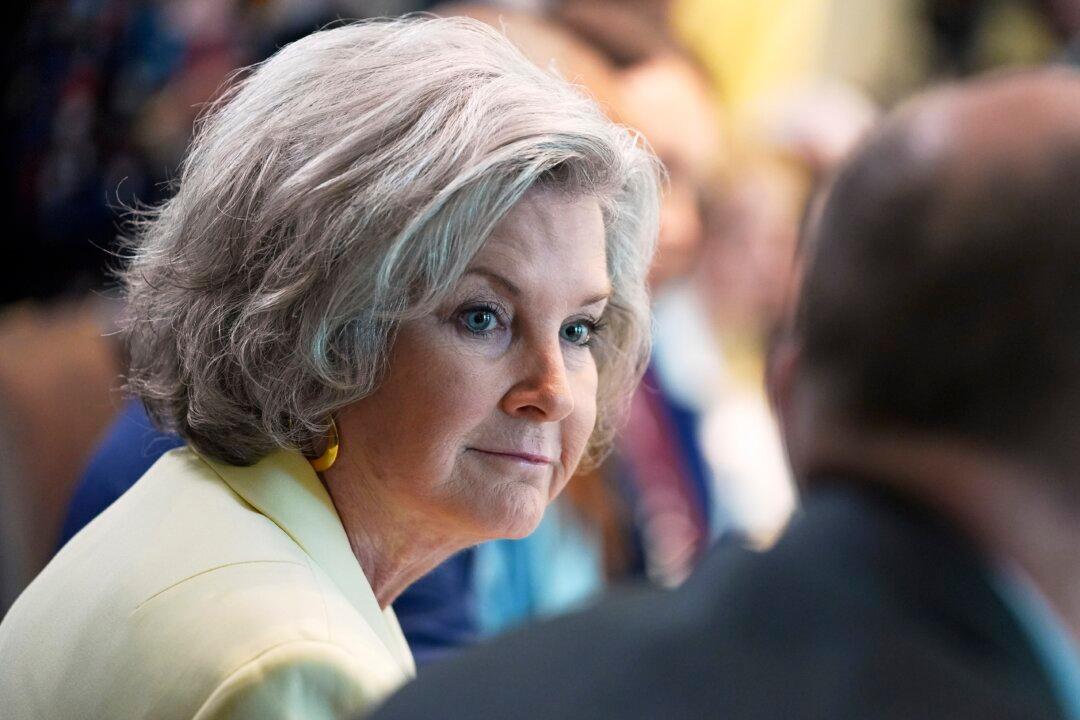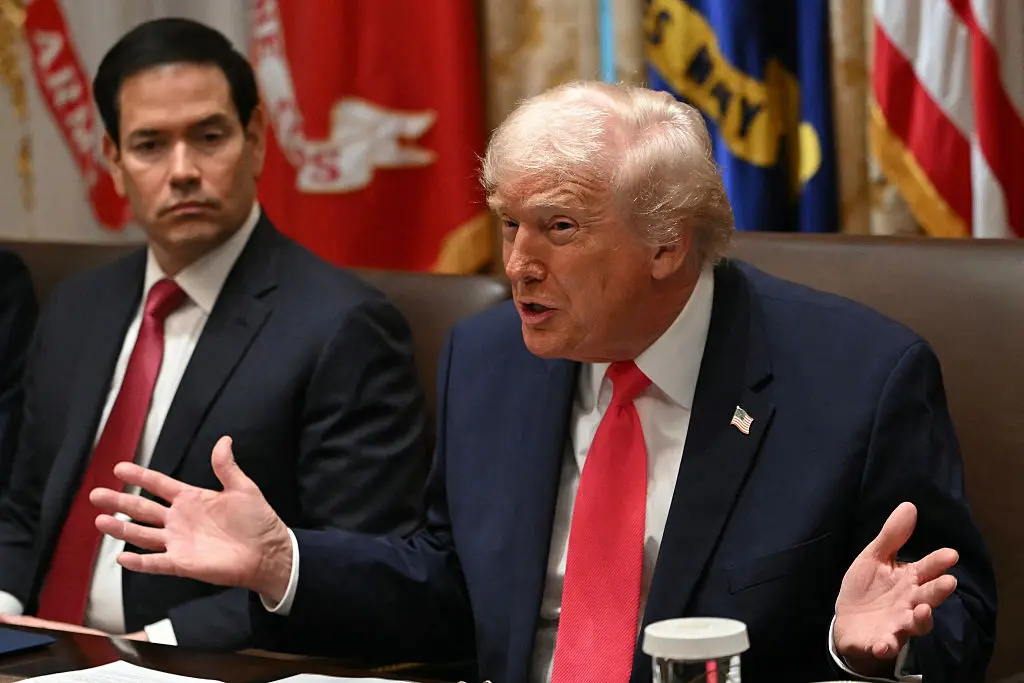WASHINGTON—America’s consumers are likely to play a critical role in driving the economic recovery as states across the country begin lifting stay-at-home orders and loosening restrictions on nonessential businesses.
The U.S. economy is expected to see nearly a 35 percent hit in the second quarter due to the CCP virus. But many economists now predict that the economic growth will resume in the third quarter. And despite an uncertain path to recovery, consumers are expected to become more optimistic if the stock market continues to rise and more states safely reopen their economies.





